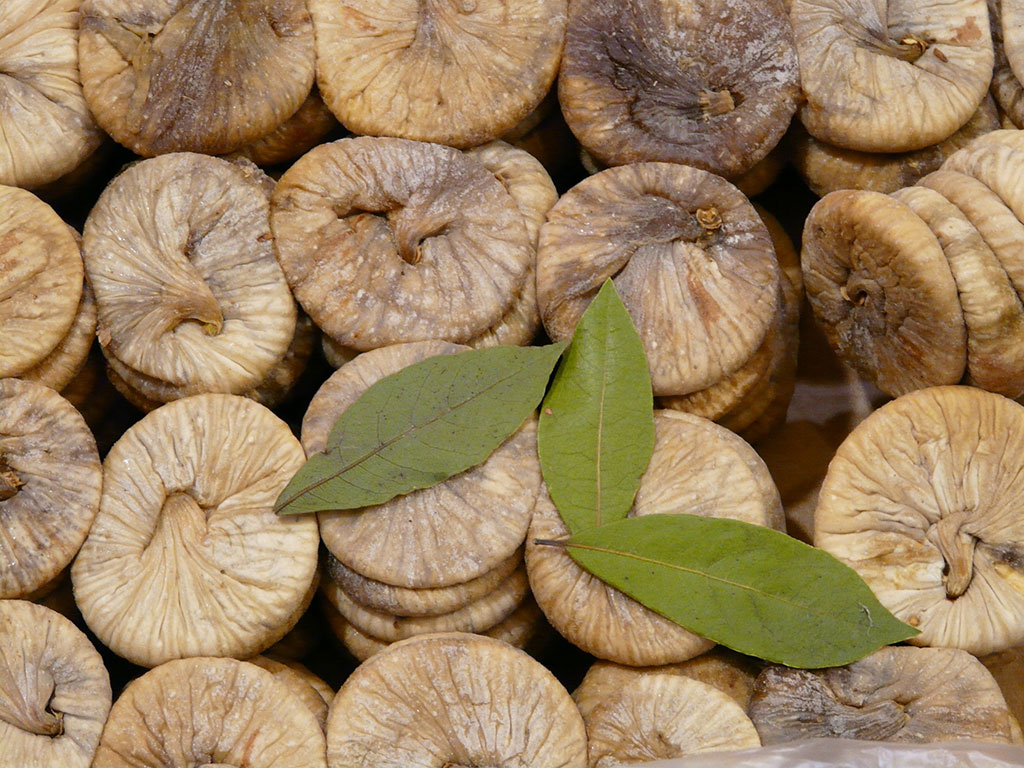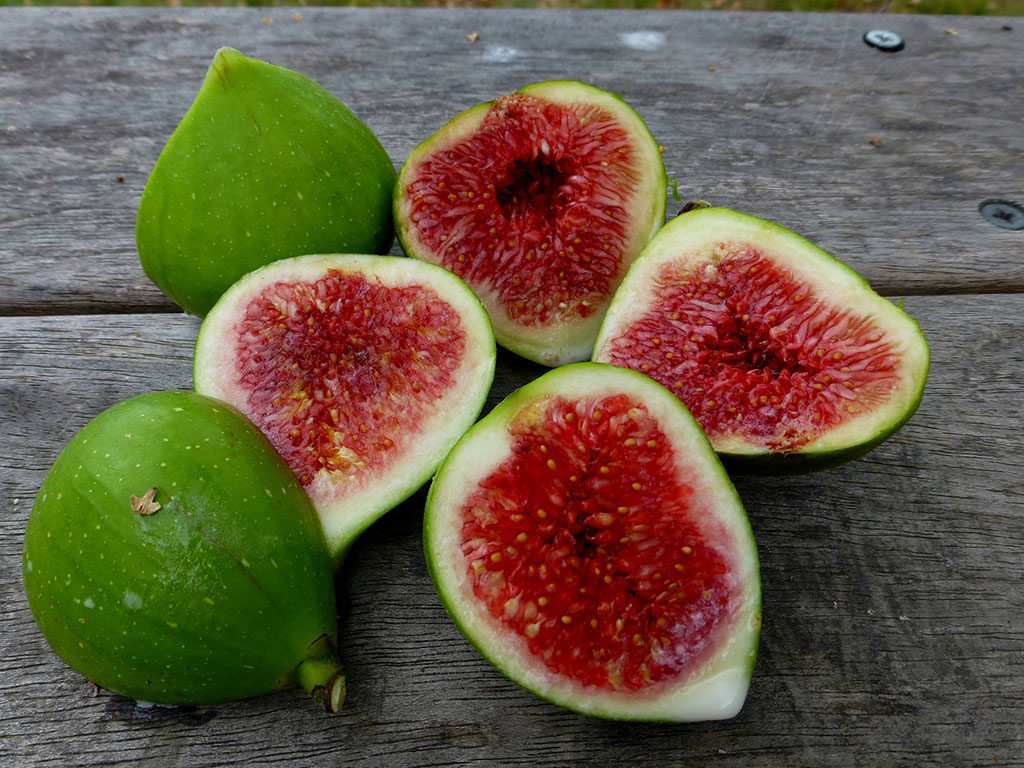Figs – juicy, sweet and healing
Whether fresh or dried figs are rich in many healthy phytonutrients, antioxidants, and vitamins. Juicy and sweet fig is one of the first fruits in which our ancient ancestors enjoyed. In the Middle East, the remains of figs date over 11 thousand years ago. It is possible that people grew fig trees before wheat, barley, and legumes. In addition to its homeland Mediterranean, figs are grown in many countries in both hemispheres. The most widespread and most popular type is the common fig (lat. Ficus carica). Every year can give fruits twice with different sizes and colors. Ripe figs have the shape of a bell or a pear, with juicy meat inside.
Health benefits of figs
Despite the low caloric value (only 74 calories per 100 g), figs contain soluble dietary fiber, minerals, and vitamins. Fresh figs are very valuable because of the abundance of antioxidants such as carotene, tannins, chlorogenic acid, and lutein. In addition, fresh figs are high in antioxidant vitamins such as vitamin A, E and K. The Antioxidants protect us from free radicals whose destructive effects can lead to premature aging, dementia, heart disease and cancer.
Also, studies indicate that the chlorogenic acid balances the blood sugar level. Figs and other foods rich in fiber, help in weight loss and maintenance of the desired weight. In figs have been found and compounds with anticancer activity – benzaldehyde and coumarins. Preliminary medical studies confirmed the potential effect of these compounds on prostate and skin.
Figs can solve the problem of corns and warts
Overnight, put a half of fresh fig on the sore spot. In the morning remove the fig, and wash your feet in hot water. Then try to remove the corn/wart. More severe cases may require up to five-night treatment or if on your foot, a pediatrician’s help, as figs are not as effective in treatment as the products professionals possess. If you’re struggling with feet warts, visit a pediatrician to get some professional help.

Dried figs – concentrated super food
Dried figs are a highly concentrated source of minerals, vitamins, and antioxidants. They have more calories than fresh figs – 249 calories per 100 grams. And fresh and dried figs contain significant amounts of B vitamins such as niacin, pyridoxine, folic acid, and pantothenate. These vitamins involved in the metabolism of carbohydrates, protein, and fat. B complex is important for brain function, especially in a good mood. Dried figs are an abundant source of minerals, calcium, zinc, potassium, selenium, iron and copper. Iron and copper are needed for red blood cells, while potassium is an important constituent of cells and body fluids, and helps in the regulation of heart rate and blood pressure.
And figs leaves have medicinal properties
Fig leaves have long been known for its medicinal properties – cures bronchitis, warts, liver cirrhosis, high blood pressure, skin problems and ulcers. But the news is that the fig leaves are also very good for diabetes. The juice of fig leaves is usually used for diabetics, which is taken immediately after getting up, with breakfast. You can also boil the leaves in water and drink as tea.

How to prepare tea from dry fig leaves?
2 teaspoon dry fig leaves and pour over a cup (200 ml) of boiling water. Cover and leave for 10-15 minutes. Then strain. Every morning, drink a cup of tea with breakfast.
Related: 3 Detox Blackberry Juice Recipes For Healthy Body

